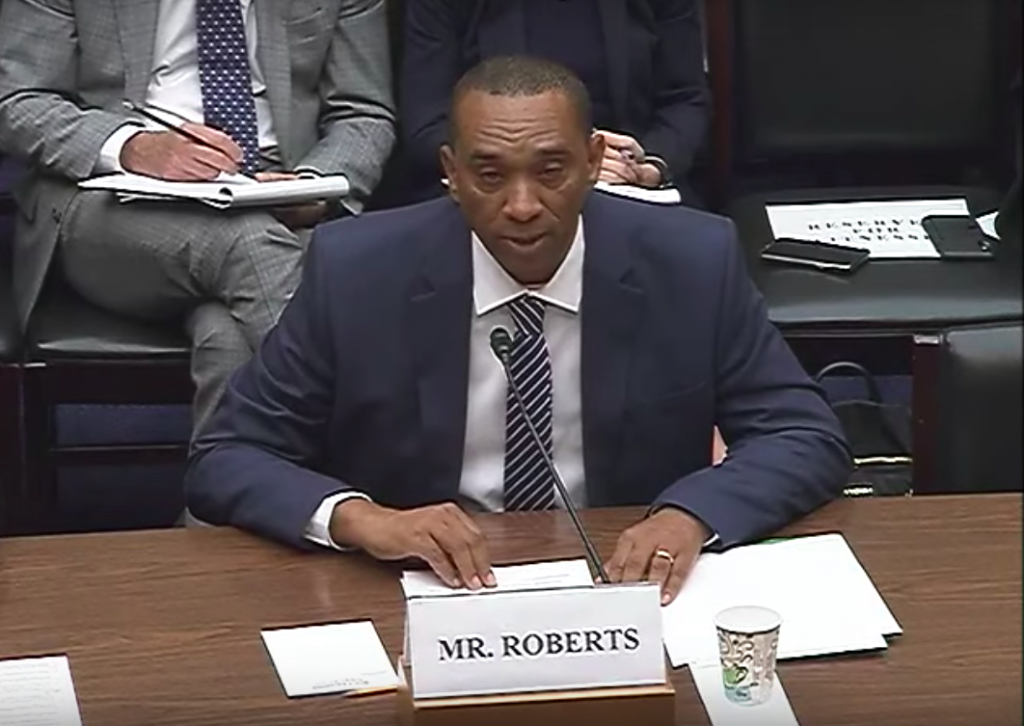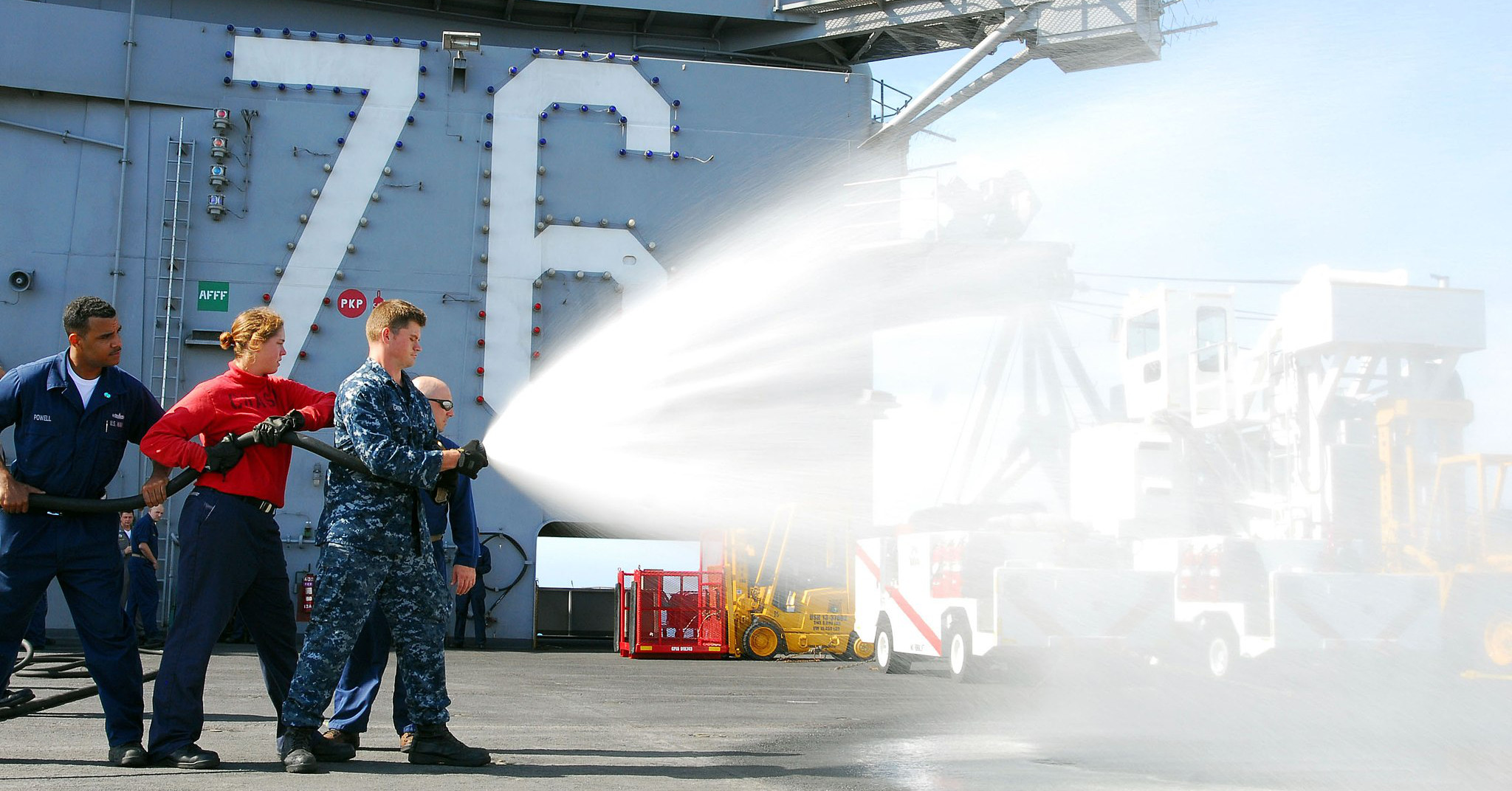These next few weeks are crunch time in Congress for negotiations on the National Defense Authorization Act (NDAA).
When the House and Senate voted on their annual military spending bills early this summer, both chambers included welcome and necessary provisions to end the use of firefighting foams containing dangerous PFAS chemicals. Congress now has to decide on the timetable to end the military’s use of firefighting foams containing these highly toxic “forever” chemicals that have contaminated the drinking water for one in 20 people in America.
The chemical lobby is peddling a myth to Congressional offices that firefighting foams without PFAS don’t put out fires. If this were true, why did one of the largest chemical companies in the world recently volunteer to stop using the foam at its own chemical plants? And why would airports and militaries around the globe use PFAS-free alternatives?
DuPont recently announced it will eliminate the purchase and use of ALL firefighting foams made with PFAS at its chemical plant sites by the end of 2021.

At a Congressional hearing yesterday, Daryl Roberts, DuPont’s chief operations and engineering officer, reiterated the company’s commitment to end the use of these foams at the company’s facilities. Questioned about the effectiveness of safer alternatives by Rep. James Comer (KY-1), Roberts said: “We have been working with companies … and we have a generation of firefighting foams that we’re comfortable for our uses can be used to replace PFAS chemicals.” Noting that the new foams are “just as effective” as PFAS-based foams, Roberts said that Dupont would be working to “develop a roadmap” with other companies to end one of the largest sources of PFAS contamination.
This is not a small announcement given DuPont’s importance as one of the largest manufacturers of PFAS before it spun off that part of its business to Chemours in 2015. The company that originally brought us Teflon and many other PFAS-laden products is now saying NO to PFAS. Maybe it has something to do with the huge liability—environmental and public health costs—mounting for the company and others? Choosing effective, safer alternatives is a smart way to avoid those costs and devastating impacts to communities, especially military families.
The U.S. Department of Defense is already looking at $2 billion in community and drinking water cleanup costs from the use of PFAS foams and has spent millions of dollars burning millions of gallons of old foams, which only leads to more pollution. But instead of simply switching to PFAS-free foams, the military has started outfitting bases around the country with new PFAS foam. The result will be even more cleanup costs down the road that taxpayers may ultimately have to pay for.
In addition to DuPont, many other facilities, military bases, and airports around the globe have made the switch to safer, effective alternatives to PFAS firefighting foams. For example, the Danish Royal Airforce moved to fluorine-free foams several years ago, and reports “fluorine-free foam works flawlessly.” Major airports around the world have switched, including Charles de Gaulle (Paris), Copenhagen, Dubai, Heathrow (London), Stuttgart, Brussels, and others. Heathrow’s fire chief reports: “Since purchasing our fluorine-free foam, we have used it on two separate aircraft fires (an A321 and a 787) and it worked perfectly.”
Safer effective alternatives to PFAS foams are in use all around the world. The U.S. Department of Defense should use them to protect the health of communities and firefighters. We urge Congress to hold firm and phase out military use of PFAS foam as soon as possible to safeguard military families and the drinking water of millions of Americans.






